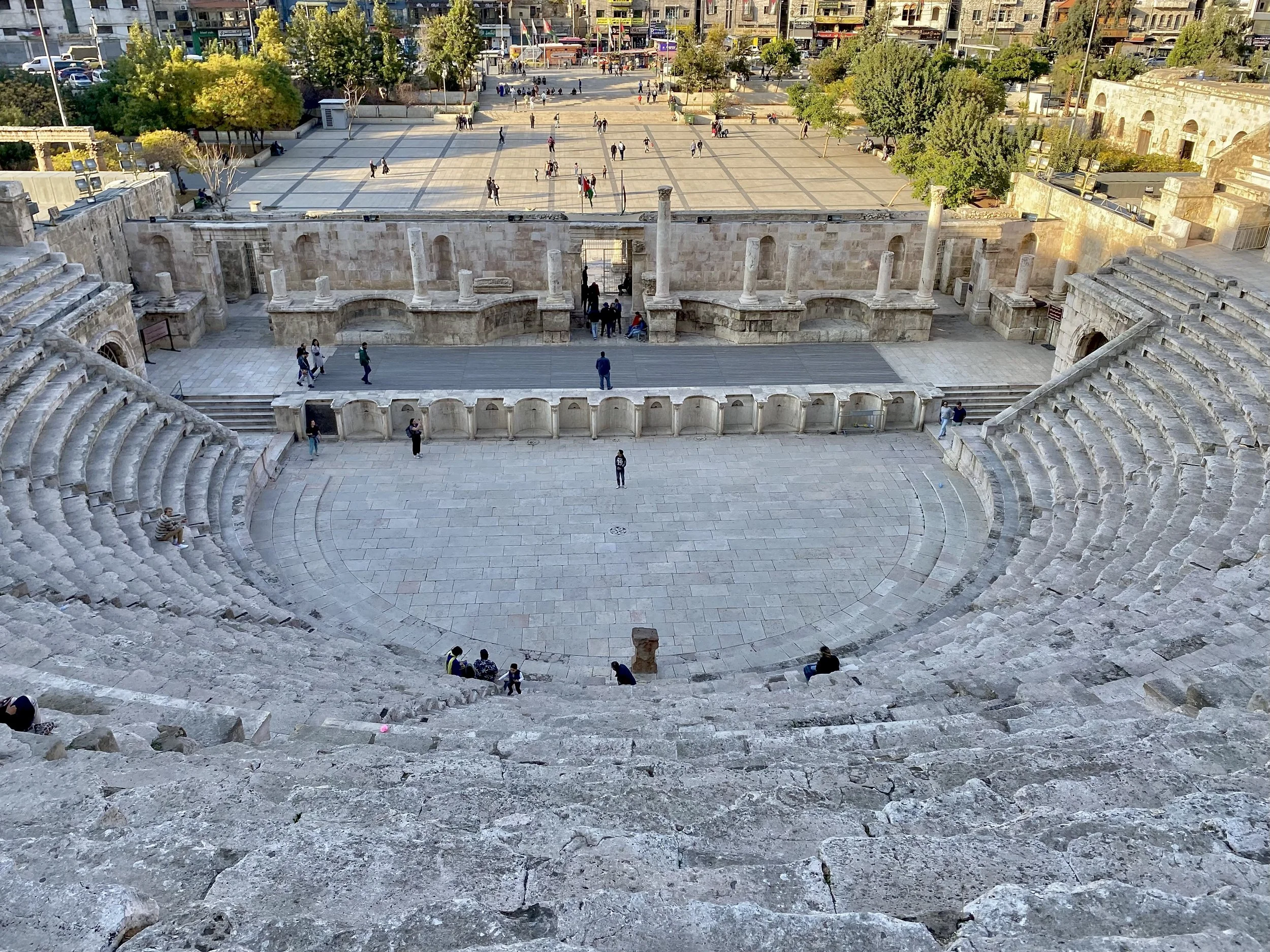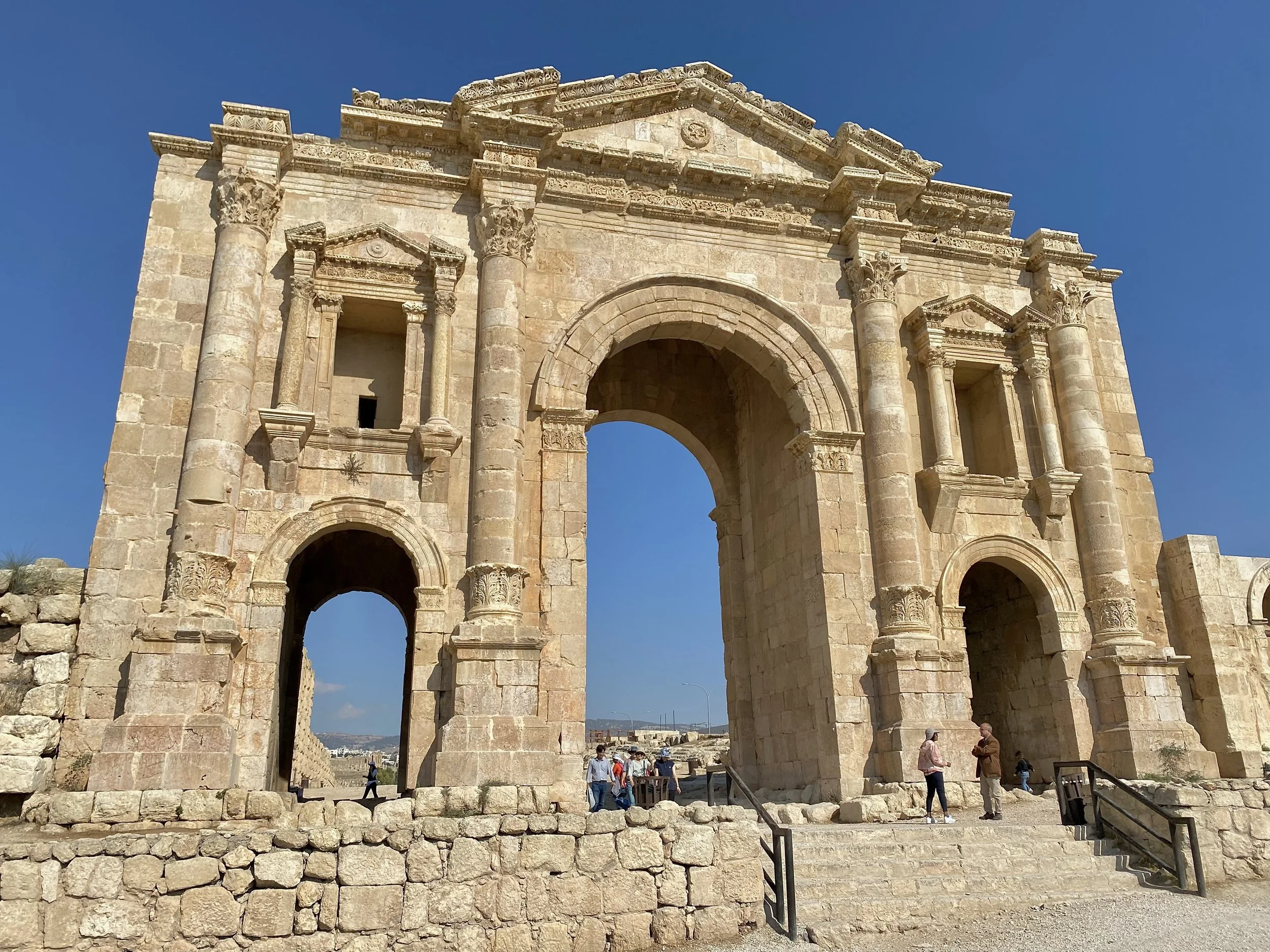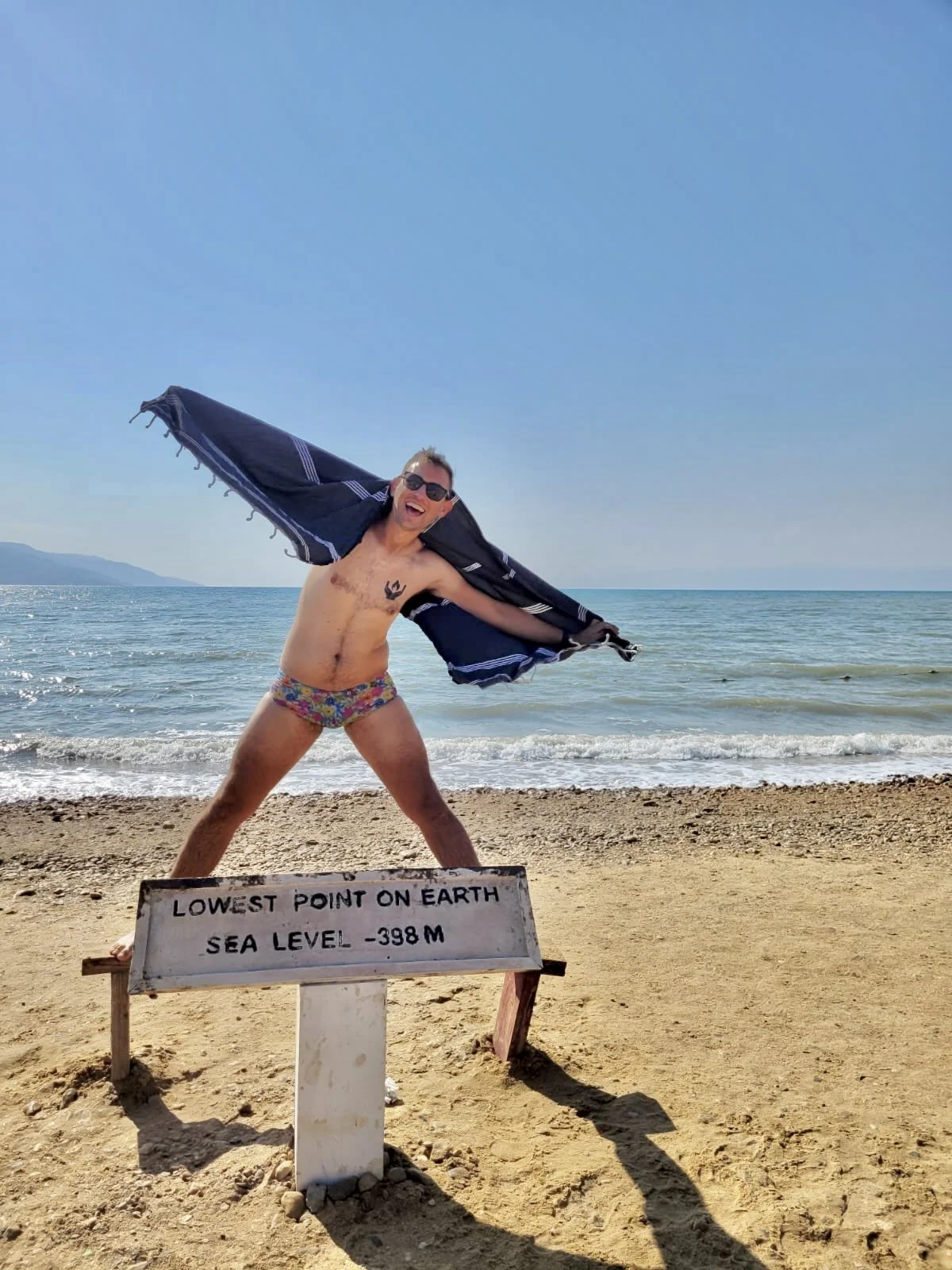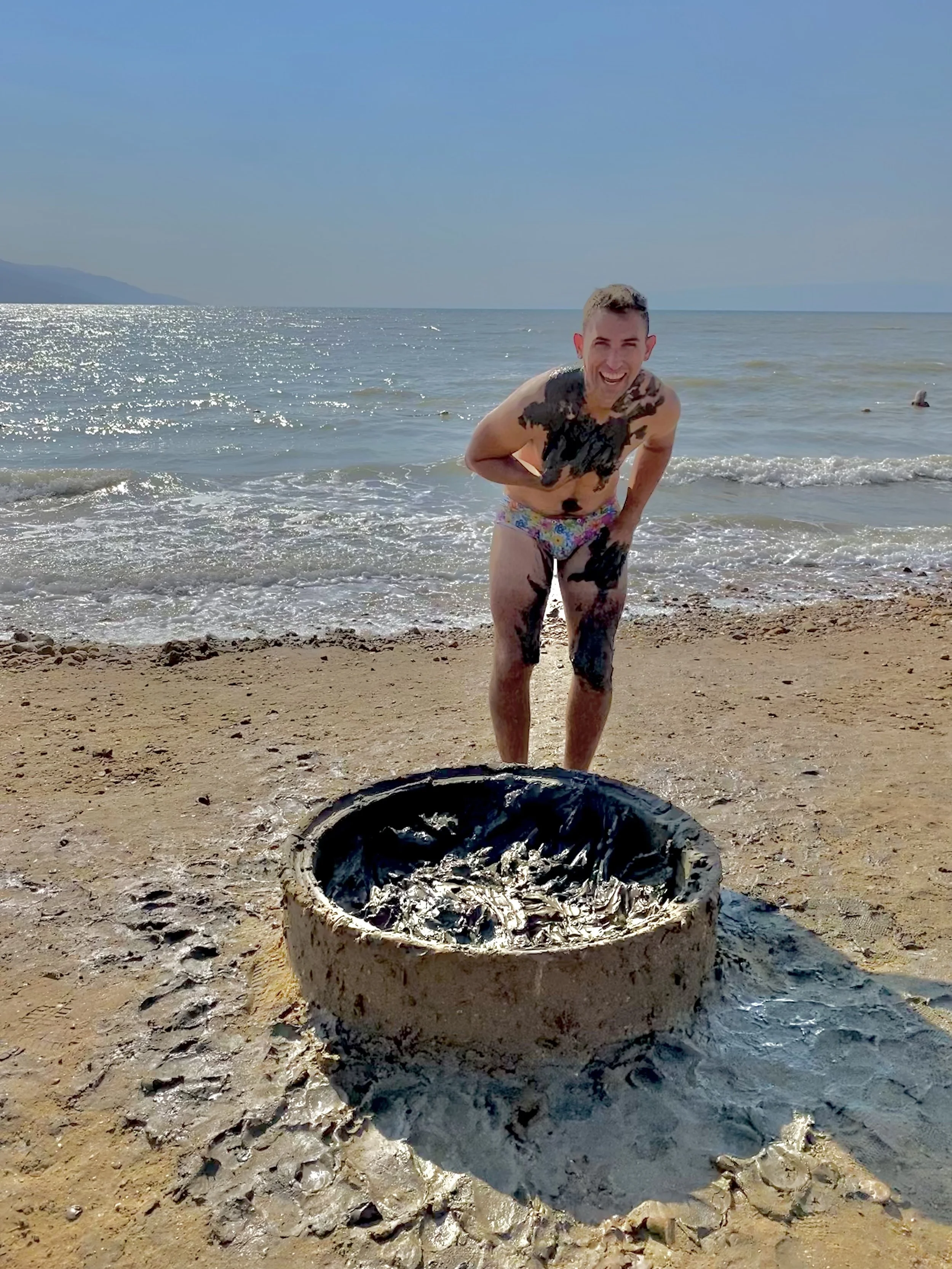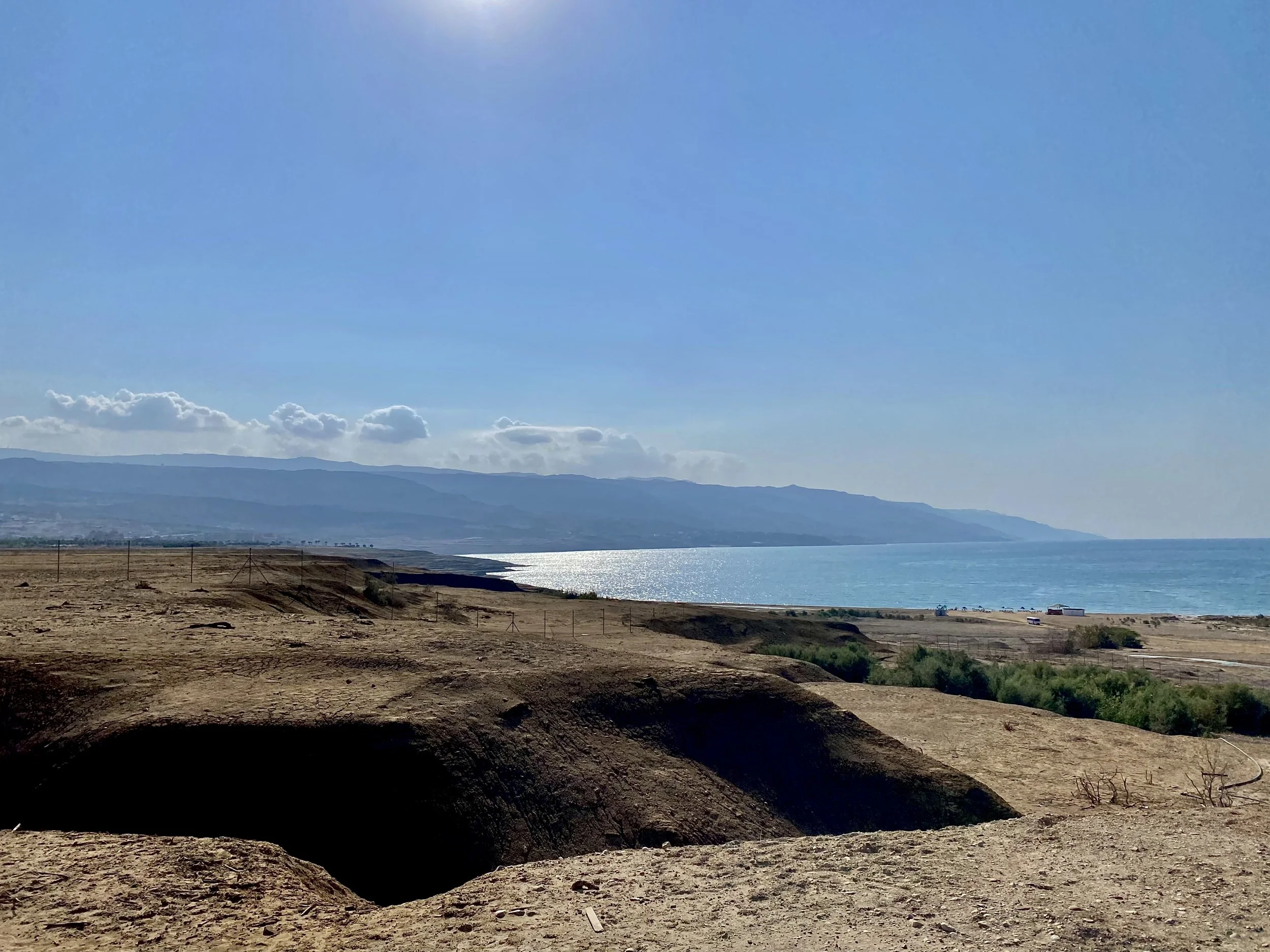Amman is a Sea of White
A Taste of Urban, More Liberal Arab Life
Amman is the capital and largest city of Jordan - and one of the largest cities in the Arab world. Once a major Hellenistic city, then Roman - the city was abandoned for many years before being resettled during the Ottoman Empire. Now, it’s one of the more liberal strongholds in the Middle East - a place where traditional Muslim culture sits alongside clubs and where being gay is legal. (I know, it’s a pretty low bar to be a socially liberal escape in the Middle East.)
I’d be lying if I said I liked Amman. It was too one-tone for me - a sea of white and beige buildings of identical shape and size spreading expansively across the desert. It was too crowded and too chaotic for me - one of those places where you have to just cross the street with authority and hope to not get hit by a car. I took every chance to leave the city - which was easy to do because Amman is a great base to explore a bit of Jordan.
But for those who thrive in bustle and chaos, Amman is exciting - a place to shop at markets, dine at busy restaurants, and go out at night. I didn’t find any single urban aspect particularly remarkable - so instead of listing any as a must-do, I put a few in Other Things to Do.
Last, if you’re planning to explore Jordan for more than four days, I strongly recommend buying the Jordan Pass in advance of your travels - which will cover your visa fees and entrance into most of the sights. If you just go to Petra for one day, it will already save you money. (I don’t recommend getting the one-day Petra pass, though, because Petra is enormous and can be explored for several days without getting bored - and you can’t change your Jordan Pass once there to extend your Petra time. You’d have to spend $50 once there to get an extra day instead of $7.50 per extra day with the pass).
Explore Ancient Amman
There isn’t much of ancient Amman standing - but the bit that is is worth exploring. In the center of Amman at the top of a hill is the Amman Citadel - a historic city center with temples, churches, mosques and fortifications. The ruins themselves are fairly unremarkable - but the citadel offers sprawling, panoramic views of the Amman. I think going to the Citadel is the best way to come to understand the shape and structure of the city - and it offers one of the best sunset views.
From the citadel, you can see the ancient Roman theater - which is then a short walk down to see up close. I recommend going because the theater hosts two interesting museums on traditional Jordanian culture - quick, informative, and short stops where you can learn a bit of history.
Take a Day Trip to Jerash
About an hour north of Amman, you can visit one of the most in-tact expansive set of Roman ruins in the the Middle East - Jerash, a city that was once home to 20,000 people. The site is remarkable in scale even though only 10% of the city is currently unearthed. I’d budget at least two hours to walk through the archaeological park - though I think you can easily spend four or five there.
There is a public bus from the North Bus Station that goes to Jerash every day of the week except for Friday. You can also join a group tour or catch a cab - but both are quite expensive unless you find a group to go with.
Relax at the Dead Sea
I think a trip to Jordan or Israel would be incomplete without seeing the Dead Sea at least once. The lowest point on earth, the Dead Sea is so salty that nothing can live in it - and people who go in can just float on top. For me, the reason I thought I couldn’t miss it was because there is a risk that the Dead Sea will entirely evaporate in our lifetime - so it is truly one of those sights that is now or never.
After exploring the many options of getting to the Dead Sea (which include a public bus / taxi combination, a taxi, or a group tour), I chose to take a private bus day trip. JTT Bus offers a daily trip that leaves at 8:30 (arriving a bit before 10) and leaves at 4:30 for about $23. It will drop you off at one of two resorts that offer a day package that includes lunch (Ramada for about $37 or Crown Plaza for $45). You can spend the morning down by the sea giving yourself a mud treatment and floating in the water, shower, and then spend the afternoon poolside.
This is not the cheapest way to explore the Dead Sea - but for me it was the highest value. There is a free public beach option - but it doesn’t include full showers, Dead Sea mud, or a section with a pool. For me, I wanted the mud and the showers, so the resort fee was worth it. Some tourists opt to spend a night at a Dead Sea resort - but for me that was entirely cost prohibitive.
As for transit, the public bus was cheaper - but required too much fuss for me (because it stopped at a nearby town from which you’d need to get a taxi - and then reverse the process). Taxis allow more flexibility for timing - but are far more expensive and will only drop you off for a couple of hours. The JTT Bus / resort day pass package offered me a low-stress, high-luxury, medium-price option.
Other Things to Do
Amman is a major city so there’s plenty of places to explore. Here are some of the most common ways to explore the city:
Shop at the Market: Downtown Amman feels like a giant market - but you’ll also find a covered market (Sugar Market) which sells predominately produce and sweets. This area is your best bet to pick up local souvenirs and some common local crafts.
Eat Delicious Falafel: There are two famous (and cheap) places to get falafel in downtown Amman. Hamesh in downtown sells falafel for about $.75 a plate and pairs it with other dishes like hummus, fattet and ful all for similar prices. Just grab a table and someone will come serve you. If you’re in the mood for just a falafel sandwich, try AlQuds on Rainbow Street (which is only $1 for a sandwich).
Check out a Museum: The largest and most popular museum in Amman is the Jordan Museum - which houses archaeological and historical exhibits (including some of the Dead Sea scrolls). Two other commonly visited museums are the Jordan National Gallery of Fine Art and the Jordan Archaeological Museum.
Walk Along Rainbow Street: In Jamal Amman, the main art and culture district, Rainbow Street is one of the more bohemian areas of Amman to explore. Here you’ll find plenty of restaurants as well as arts and crafts shops. On Friday, there’s also a nearby flea market - Souk Jara.
Admire the Mosques: Having just left Istanbul, I knew any mosque in Amman was going to be relatively disappointing - so I didn’t go to any. There are two that tourist sometimes seek out, though, - King Abdullah Mosques and Al Husseini Mosque.
If you’re overwhelmed by the city, like I was, I think the best of these is Rainbow Street, which is a surprisingly calm area. I also walked to the bus station each time I took a day trip - and bumped into more local shops and markets each time. The city feels much more manageable once you leave downtown - though crossing the street never becomes pleasant.




